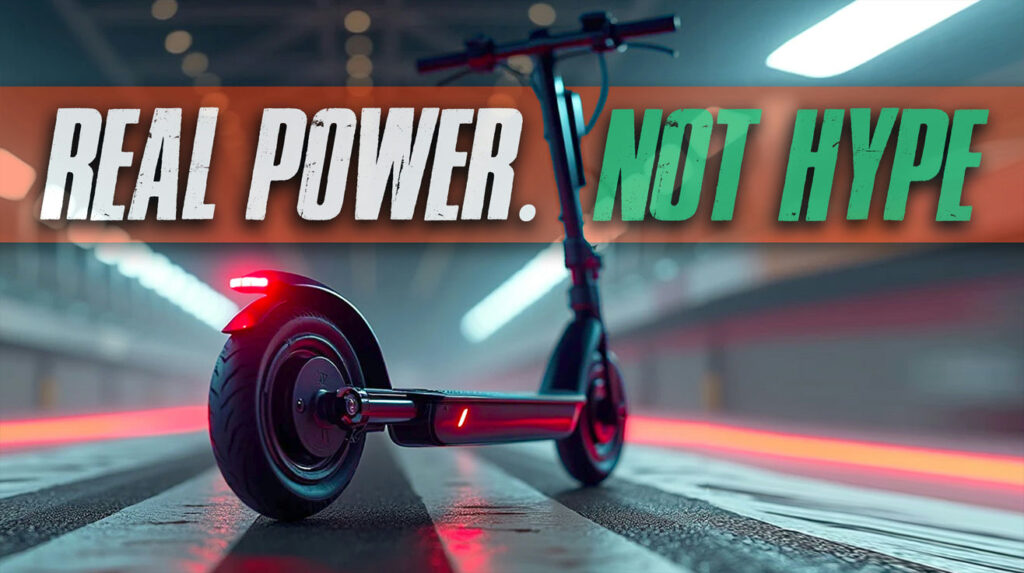
Most “revolutionary” transport articles read like fever dreams written by people who’ve never changed a tire. Flying cars that cost more than houses, concept vehicles that’ll never see production, and enough vaporware to power a small city. Meanwhile, actual engineers are building stuff that works—not for Instagram likes, but for people who need to get places without going broke or looking ridiculous. Here’s what’s actually shipping, what it really costs, and whether it’s worth your hard-earned cash.
12. Flying Motorcycles: Expensive Dreams That Sometimes Work

Demonstration flights show the Volonaut Airbike hitting 200 km/h, making it the closest thing to a working flying motorcycle that won’t immediately kill you. Pricing estimates range wildly from $120,000 to $880,000 depending on configuration and who’s doing the estimating—basically, if you have to ask, you can’t afford it. Joystick controls replace handlebars because apparently someone thought motorcycle ergonomics needed more aviation complexity.
Real-world usability remains questionable—you’ll need licensing that makes motorcycle endorsements look trivial, plus insurance rates that’ll make you question your life choices. Finding somewhere legal to actually fly this thing is its own adventure. Cool factor is undeniable, practicality hovers somewhere between owning a yacht and a private helicopter.
11. Velomobiles: Bikes That Finally Evolved
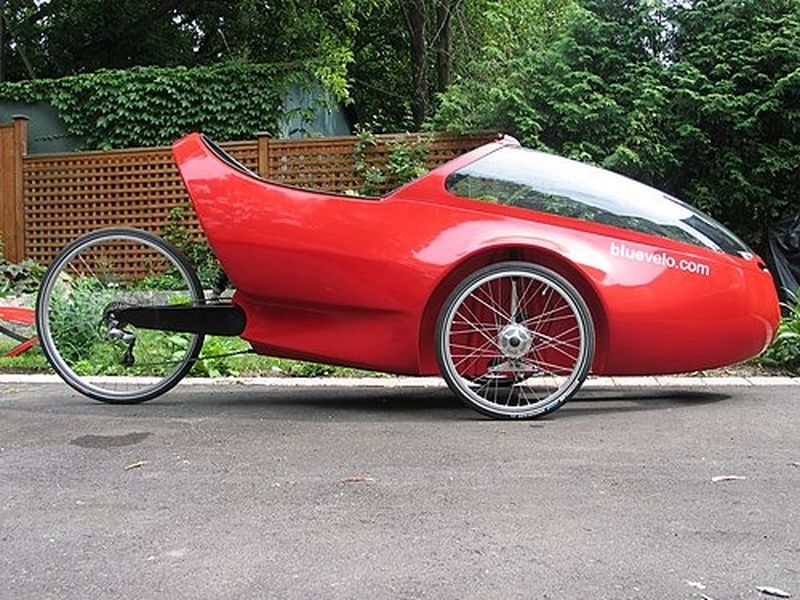
Aerodynamic genius meets real-world practicality in the Bülk Distance velomobile, which leverages aerodynamic trike design principles. Weighing just 25 kg and slicing through air at 69 cm wide. The designer previously worked on Porsche and Lamborghini, so this isn’t some weekend warrior’s garage project. Test riders routinely cover long distances at speeds that beat urban traffic while getting exercise that doesn’t require gym membership fees.
Weather protection comes standard because arriving at work looking like a drowned rat isn’t professional. Sure, parking is weird and maintenance requires someone who understands both bikes and small aircraft, but it beats spending hundreds monthly on gas to sit in traffic like a chump.
10. Electric Scooters: Urban Mobility Without Drama
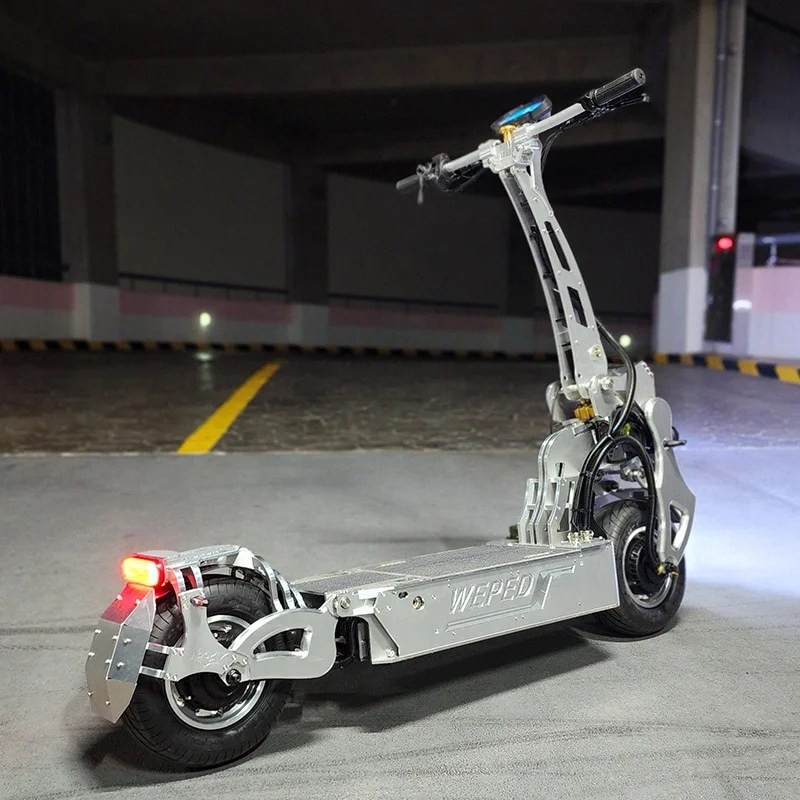
Raw power meets urban reality with the Weped Sonic X, cranking out 8 kW and hitting 129 km/h—basically motorcycle performance without motorcycle insurance rates. Range sits at 100 km per charge, weighing 80 kg total. At $9,900, it costs less than most annual car expenses while eliminating parking headaches entirely.
The BMW CE 04 starts around $11,795 but brings German engineering and a 10.25-inch display that actually works instead of just looking impressive. Premium packages push pricing higher, but you’re still avoiding gas costs, parking fees, and the soul-crushing experience of gridlock while charging from regular wall outlets.
9. Electric Watercraft: Silent Speed That Delivers
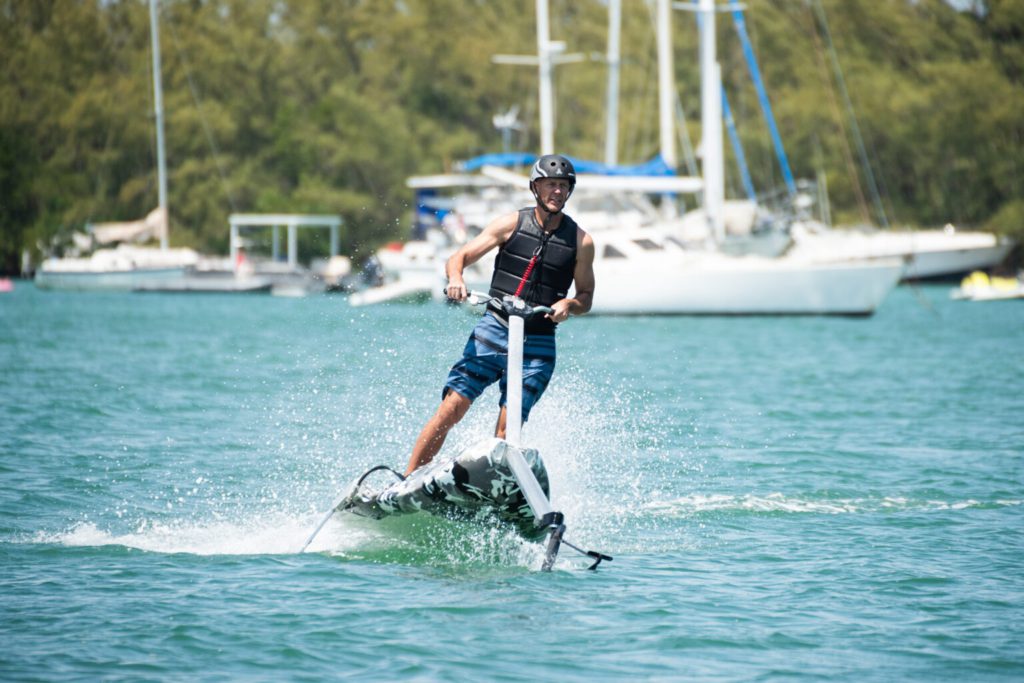
Hydrofoil technology transforms boating with the NV1, producing 330 horsepower from twin motors while reaching 80 km/h. Automatic foil adjustment occurs 250 times per second, creating stability that puts most drivers to shame. Range extends to 130 km per charge, though the $400,000 starting price limits this to serious enthusiasts who’ve exhausted other ways to spend money.
The HydroBlade eFoil costs a more reasonable amount for dual motor stability while hitting impressive speeds. Pegasus Electric Boat weighs just 200 kg thanks to carbon fiber construction, hitting 55 km/h with Formula 1-inspired styling in the $150,000-$164,000 range. All eliminate gas boat maintenance nightmares—no oil changes, no fuel stabilizer rituals, no winterizing costs.
8. Off-Road Specialists: For Terrain That Hates You

Real off-road capability comes from machines like the Hamyak ATV, weighing 85 kg and reaching 43 km/h while consuming just 1 liter per hour. Its mono-track design handles sand, mud, and snow with the efficiency that makes traditional ATVs look wasteful. The 10L main tank plus 5L backup ensures extended adventures without fuel anxiety.
Twisted VW Beetle conversions prove you can respect automotive heritage while building something that actually works off-road, delivering 80-90 horsepower with motorsport-grade suspension. Sometimes the best solutions come from taking something familiar and making it actually useful instead of just nostalgic.
7. Electric Bikes and Unicycles: Practical Power
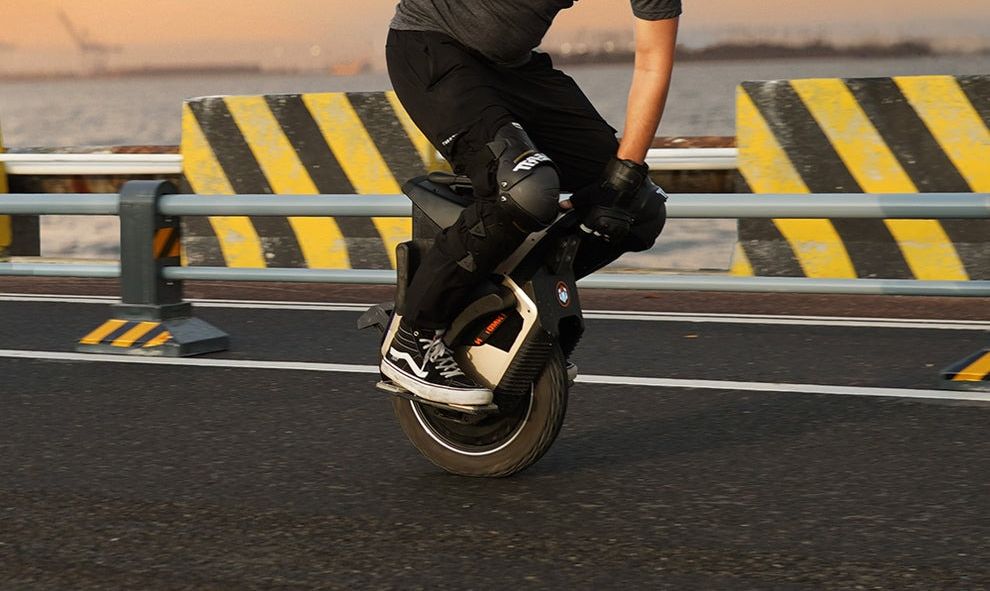
Single-wheel mastery reaches maturity with the Inmotion V12S, delivering 70 km/h speeds and 6 kW peak power while providing 120 km range. Hydraulic suspension with 9 cm travel smooths urban potholes, featuring a 4.3-inch touchscreen for real data instead of animated mascots. Pricing varies by retailer, but expect to invest serious money for serious performance.
Electric bikes offer more conventional approaches, with quality models reaching 27-30 km/h speeds and substantial range for around $3,500. EFoldy Explorer folds into either a chair or suitcase, hitting 13 km/h with 22 km range while weighing just 17 kg for $3,672. All beat public transit dependency without requiring advanced degrees to operate.
6. Speed Demons: Records and Reality
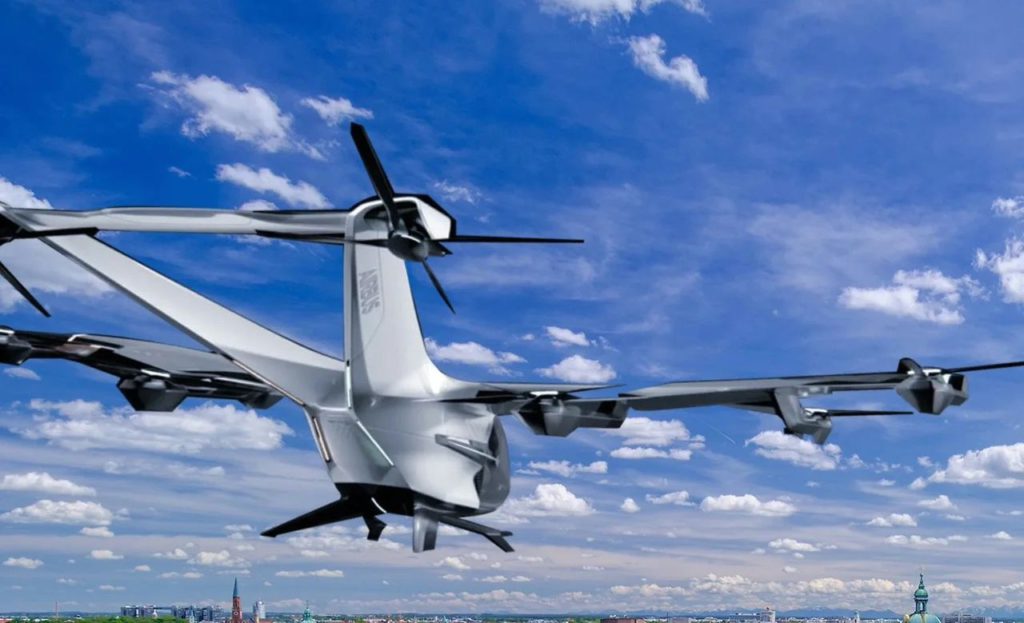
The SP80 kite-powered catamaran hit 96 km/h during testing, aiming for 121 km/h to shatter sailing speed records. Wind-powered propulsion reaches racing car velocities without fuel costs, though weather dependency makes scheduling challenging. CityAirbus NextGen promises urban air taxi service with 80 km range and 120 km/h cruising speed, seating four passengers for vertical takeoff convenience.
Both showcase impressive engineering pushing traditional boundaries, though practical deployment faces regulatory hurdles that make motorcycle licensing look straightforward. Sometimes the coolest tech exists primarily to prove it’s possible rather than solve everyday problems.
5. Aviation: From Autogyros to Space Planes
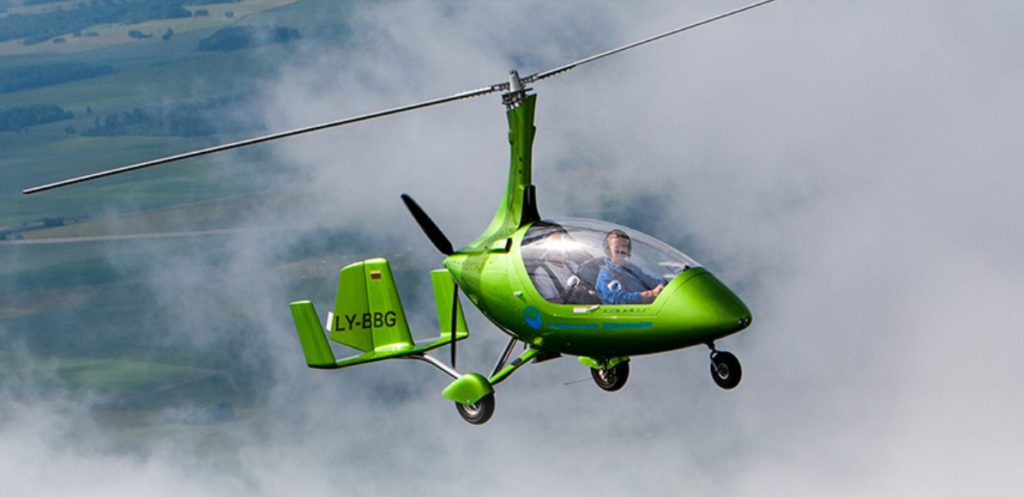
The GyroMotion Caladus autogyro drives on roads at 40 km/h then flies 600 km at 195 km/h, proving dual-purpose vehicles don’t have to suck at both jobs. Pricing remains unclear, but expect costs comparable to aircraft ownership rather than car payments. The AW109 SP Grand New helicopter offers 859 km range and 289 km/h cruising speed, seating six passengers with four-axis autopilot.
Dao Aviation Vortex space plane aims for 2028 suborbital flights, carrying 4 tons to orbit while landing on regular runways. The Phantom 3500 private jet hits 1,470 km/h with 5,926 km range, featuring no windows for aerodynamic optimization. Both represent impressive engineering wrapped in timelines that’ll probably slip and price tags that make lottery tickets look reasonable.
4. Concept Cars: Pretty Pictures vs Reality

The Hyundai Insteroid looks like cyberpunk fantasy brought to life, featuring 21-inch wheels, aggressive styling, and drift mode for transforming streets into personal racetracks. Bentley EXP 15 channels 1930s racing elegance with asymmetrical design and seating for three, stretching over 5 meters long with a trunk that becomes a picnic zone.
Both remain concepts, meaning you can admire the photos but can’t actually buy them. Paralta S pays homage to the 1971 Maserati Boomerang with carbon fiber bodywork and 630 horsepower from a 3.0L V6, riding on the Maserati MC20 platform. Pretty? Absolutely. Available for purchase? Not so much.
3. Luxury Marine Transport: Floating Wealth
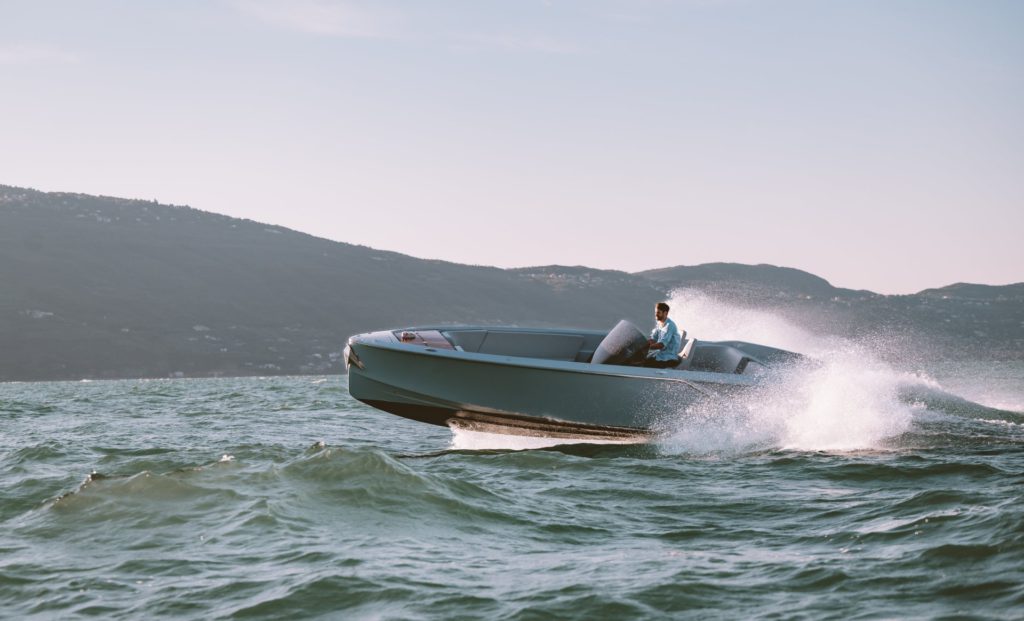
The Frauscher x Porsche 850 Phantom Air merges automotive and marine design, featuring Porsche 911-inspired steering and analog instruments while seating seven people. Electric motor delivers 544 horsepower for $672,000—expensive but impressive collaboration between brands that understand performance.
Varine Rise 50 houseboat offers 120 square meters of living space with twin engines producing 400 horsepower, cruising at 22 km/h. The upper deck features luxury furnishings for floating relaxation, though pricing suggests this targets people who consider yachts starter boats. Both represent floating wealth more than practical transportation.
2. Custom Builds: When Standard Won’t Cut It

Sometimes necessity births innovation, like the Custom Harley-Davidson Heritage Trike built from a 1998 base model. Car-style differential enhances stability while left-hand throttle provides easier control for riders with limited mobility. After traumatic injury, the creator engineered this machine with ingenuity that puts corporate R&D departments to shame.
High-end exhaust delivers satisfying sound because sometimes the journey matters as much as the destination. This isn’t just transportation—it’s proof that determination plus engineering skills can overcome obstacles that would stop most people. The craftsmanship and problem-solving deserve respect regardless of your feelings about motorcycles.
1. Sustainable Options: Green Without Guilt
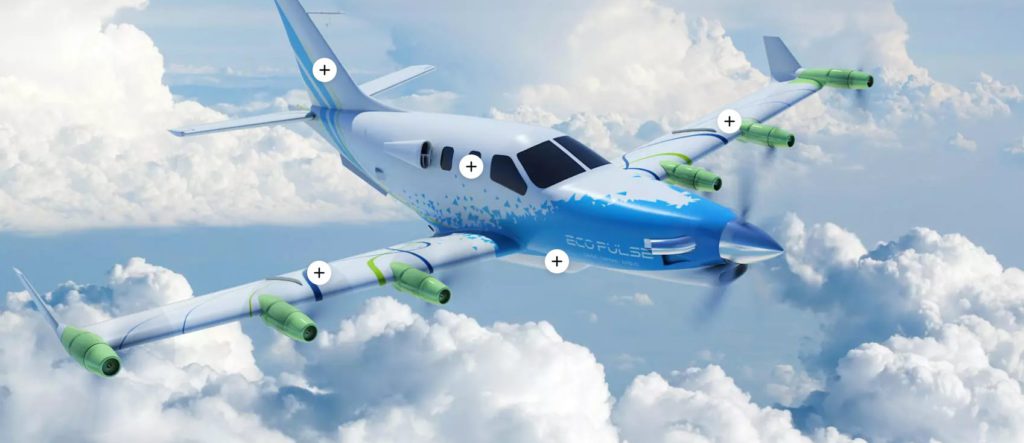
The Woody Biomobile crafts transportation from recyclable materials, powered by solar panels for 40 km daily range. Clean transportation meets environmental responsibility, though weather sensitivity and maintenance requirements suggest this works better as statement than daily driver. Eco Pulse Demonstrator achieved 100 hours of flight testing with six 50kW electric motors, reducing emissions by 50% through hybrid-electric systems.
Both represent genuine efforts toward sustainable transport, moving beyond marketing buzzwords to actual environmental benefits. Whether they scale to mass adoption depends on solving practical challenges that marketing departments prefer to ignore.
Last modified: August 8, 2025







